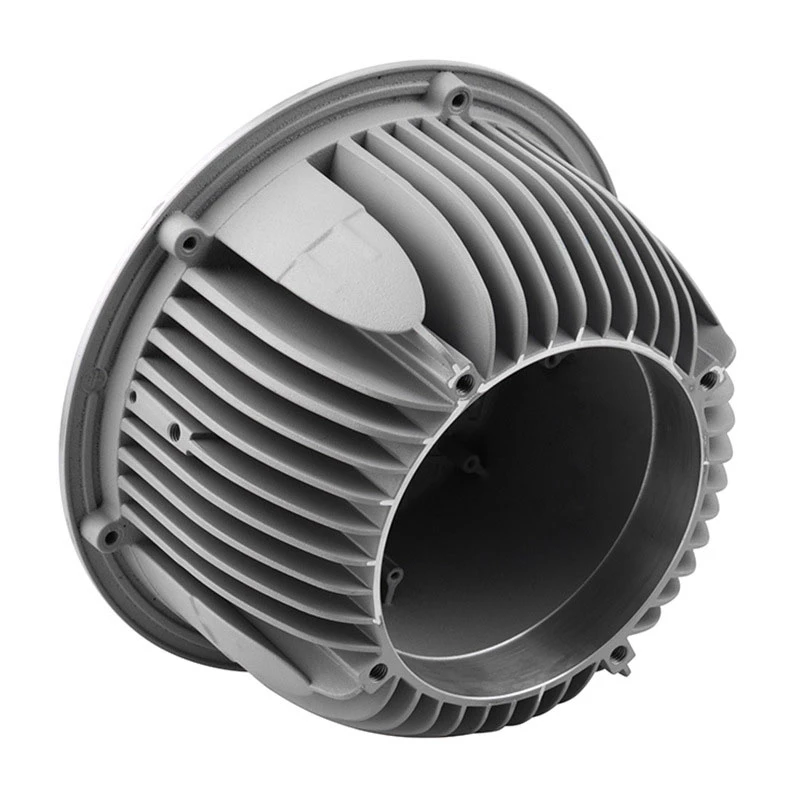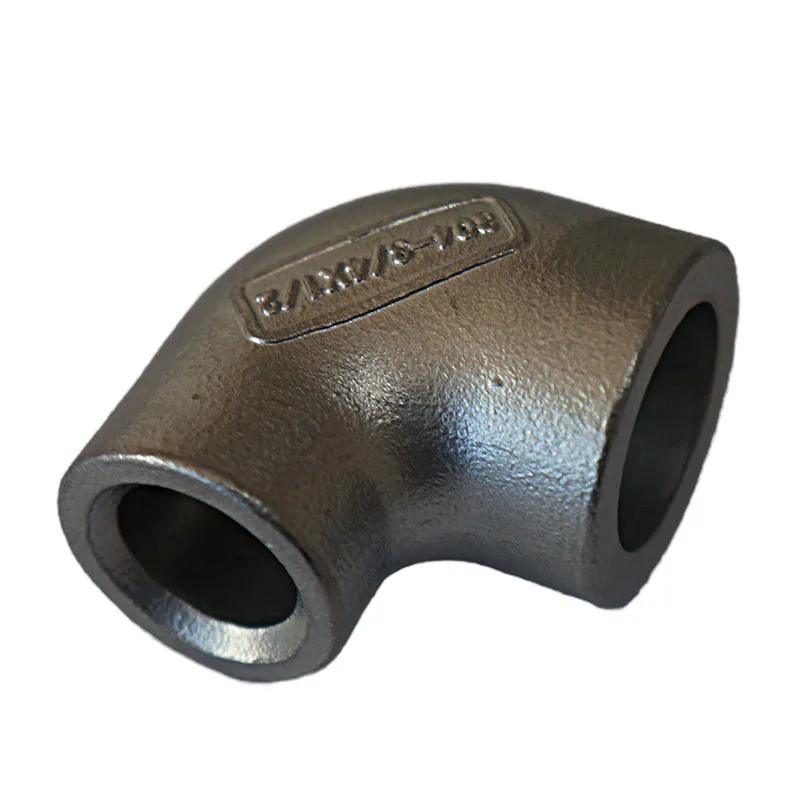High-Strength Aluminium Alloys for HPDC Lightweight & Durable Solutions
- Introduction to Aluminium Alloys in Pressure Die Casting
- Technical Advantages of HPDC Aluminium Alloys
- Manufacturer Comparison: Key Properties and Performance
- Customized Solutions for Industry-Specific Needs
- Real-World Applications of Die Cast Aluminum Alloys
- Industry Trends and Future Outlook
- Why Choose Specialized Aluminium Alloys for Pressure Die Casting

(aluminium alloys for pressure die casting)
Introduction to Aluminium Alloys in Pressure Die Casting
Pressure die casting (PDC) relies heavily on advanced aluminium alloys to achieve precision, durability, and cost efficiency. These alloys, specifically engineered for high-pressure die casting (HPDC), combine lightweight properties with exceptional mechanical strength. According to a 2023 market analysis, over 68% of die-cast components in automotive and aerospace sectors utilize aluminium alloys due to their superior thermal conductivity and recyclability.
Technical Advantages of HPDC Aluminium Alloys
HPDC aluminium alloys such as ADC12 (A383) and A380 dominate the industry for their high fluidity and low shrinkage rates. These alloys achieve tensile strengths ranging from 310 to 325 MPa, outperforming traditional materials like zinc alloys by 40%. Their silicon content (8-12%) enhances wear resistance, making them ideal for complex geometries in high-stress environments.
Manufacturer Comparison: Key Properties and Performance
| Alloy Type | Tensile Strength (MPa) | Thermal Conductivity (W/m·K) | Primary Applications |
|---|---|---|---|
| A380 | 324 | 96 | Engine brackets, transmission housings |
| ADC12 | 310 | 92 | Electronic enclosures, heat sinks |
| AlSi9Cu3 | 335 | 105 | Aerospace components |
Customized Solutions for Industry-Specific Needs
Leading suppliers now offer alloy modifications to meet sector-specific requirements. For instance, automotive manufacturers often request copper-enriched variants (e.g., A384) to enhance high-temperature stability, while electronics producers prioritize alloys with reduced iron content (<0.8%) to improve electrical conductivity.
Real-World Applications of Die Cast Aluminum Alloys
Case studies reveal measurable benefits: A European automaker reduced component weight by 22% using A383 alloy for suspension parts, while a consumer electronics firm achieved 15% faster heat dissipation in LED housings with ADC12. These results align with industry data showing a 30% average reduction in post-casting machining costs when using optimized alloys.
Industry Trends and Future Outlook
The global HPDC aluminium alloy market is projected to grow at 6.8% CAGR through 2030, driven by electrification and lightweighting demands. Emerging alloys like Al-Mg-Si-Cu (e.g., 6061 variants) are gaining traction for EV battery trays, offering yield strengths above 350 MPa with improved corrosion resistance.
Why Choose Specialized Aluminium Alloys for Pressure Die Casting
Selecting the right aluminium alloys for pressure die casting
directly impacts product performance and lifecycle costs. Alloys engineered for HPDC deliver unmatched dimensional stability, with tolerances as tight as ±0.05 mm, and support sustainable manufacturing through 95% recyclability rates. Partnering with certified suppliers ensures access to metallurgical expertise and compliance with ISO 16282:2021 standards.

(aluminium alloys for pressure die casting)
FAQS on aluminium alloys for pressure die casting
Q: What are common aluminium alloys used in pressure die casting?
A: Common alloys include ADC12, A380, and A383. These alloys offer excellent fluidity, thermal conductivity, and resistance to hot cracking, making them ideal for high-pressure die casting (HPDC) applications.Q: Why are HPDC aluminium alloys preferred for automotive components?
A: HPDC alloys like A380 provide high strength-to-weight ratios and dimensional stability. They withstand complex geometries and high production speeds, reducing costs for large-scale automotive parts like engine brackets or housings.Q: What properties make die cast aluminum alloys suitable for thin-walled parts?
A: High silicon content (e.g., in A383) improves fluidity and reduces shrinkage. This allows precise filling of thin molds while maintaining mechanical integrity and surface finish.Q: How does alloy selection impact corrosion resistance in pressure die casting?
A: Alloys like ADC12 contain copper and zinc, enhancing corrosion resistance. However, higher copper content may reduce ductility, so balancing properties based on application requirements is critical.Q: Can HPDC aluminium alloys be heat-treated for improved performance?
A: Most HPDC alloys (e.g., A380) are not heat-treatable due to porosity risks. Instead, they rely on as-cast properties, but secondary processes like surface coatings can enhance wear or corrosion resistance.-
Sand Casting: Pros, Cons & What Products Are Made?NewsAug.10,2025
-
OEM Sand Cast Pump Valve Fittings - Baoding Hairun Machinery And Equipment Trading Co., Ltd.NewsAug.10,2025
-
OEM Sand Cast Pump Valve Fittings-Baoding Hairun|Customizable Design&Advanced Casting TechnologyNewsAug.10,2025
-
OEM Sand Cast Pump Valve Fittings-Baoding Hairun Machinery | Precision Casting, Customizable ComponentsNewsAug.09,2025
-
OEM Sand Cast Pump Valve Fittings-Baoding Hairun Machinery And Equipment Trading Co., Ltd.NewsAug.09,2025
-
OEM Sand Cast Pump Valve Fittings - Baoding Hairun Machinery And Equipment Trading Co., Ltd.NewsAug.09,2025















